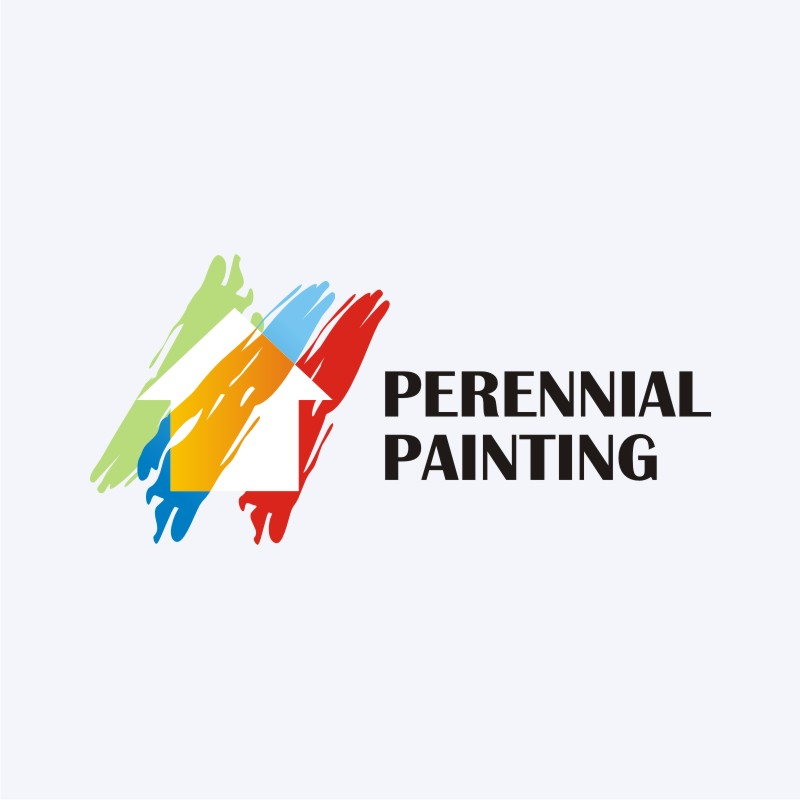Prepare Your Wall Surfaces For Painting By Utilizing Crucial Tips And Techniques That Make Certain A Flawless Finish-- Discover The Vital Actions To Elevate Your Project
Prepare Your Wall Surfaces For Painting By Utilizing Crucial Tips And Techniques That Make Certain A Flawless Finish-- Discover The Vital Actions To Elevate Your Project
Blog Article
Team Author-Soelberg Bland
When you're prepping your wall surfaces for painting, it's essential to follow a systematic process to make certain a perfect surface. Begin by taking a look at the wall for any kind of damage; this action can make or break your project. As soon as you have actually determined any kind of concerns, cleaning the surface area effectively is necessary, as a filthy wall surface can affect paint adhesion. Afterwards, you'll require to spot any flaws and use a guide. Yet there are specific strategies and ideas that can elevate your preparation game-- let's discover those additional to attain the best outcomes.
Assessing Wall Surface Problem
Before you grab your paintbrush, take a moment to examine your walls' condition. Look for any kind of noticeable damage like splits, holes, or peeling off paint. These flaws can affect just how the paint sticks and looks once it's completely dry. If you observe any type of substantial damage, you'll need to prioritize repair services prior to diving right into paint.
Look closely at the structure of your walls. Is the surface smooth, or is there structure that might require unique consideration? Smooth walls normally need much less prep, while textured surfaces might need more time to repaint uniformly.
Also, think about the previous paint job. If https://wsvn.com/news/help-me-howard/neighbor-blocks-neighbor-from-painting/ is shiny, it mightn't enable new paint to stick appropriately. You'll want to know if your walls have actually been painted with oil-based or water-based paint, as this can affect your selection of guide or paint.
Finally, take note of any moisture problems. If you see indications of water damage or mold, address these troubles promptly to stop further complications.
Cleaning the Surface area
As soon as you've analyzed the condition of your walls, the following action is cleaning the surface. Begin by gathering your materials: a bucket, warm water, a moderate cleaning agent, a sponge or towel, and a scrub brush for harder places.
Begin on top corner of the wall and function your way down. Mix the detergent with warm water in your container, then dip the sponge or cloth into the service. Wring it out to avoid too much wetness on the wall surfaces.
As you clean up, pay attention to areas that may've built up dust, grease, or fingerprints. For persistent stains, use the scrub brush delicately to stay clear of harming the paint under. Wash your sponge or cloth frequently in clean water to prevent spreading dirt around.
After cleaning, https://interior-house-painters-n17383.jaiblogs.com/60243954/recognizing-the-impact-of-climate-on-commercial-outside-painting-important-insights to clean the wall surfaces with a wet cloth to eliminate any type of soap residue. This step makes sure a smooth surface for the new paint to abide by.
Enable the walls to completely dry totally prior to going on to the next preparation actions. This complete cleansing process will assist produce a fresh canvas for your paint project, making sure the most effective outcomes.
Patching and Priming
Patching and priming are critical steps in preparing your wall surfaces for a fresh coat of paint. First, evaluate your wall surfaces for any type of holes, fractures, or imperfections. Use a top notch spackling compound or patching paste to fill these areas.
Apply the substance with a putty knife, smoothing it out so it's flush with the bordering surface area. Allow it to completely dry completely, and then sand it lightly until it's smooth and even.
As soon as you have actually patched every little thing, it's time to prime. Guide assists seal the patched areas, making certain the paint sticks appropriately and gives an uniform surface. Pick a guide appropriate for your wall surface kind and the paint you'll be using.
Apply the primer making use of a roller for larger areas and a brush for corners and sides. If your patched locations are substantially huge or permeable, you might want to use a second layer of guide after the initial one dries out.
After priming, allowed everything dry completely before moving on to paint. This prep work will not only boost the look of your walls yet likewise prolong the life of your paint task.
Take your time, and you'll be pleased with the outcomes.
Conclusion
By adhering to these simple actions, you can accomplish a smooth and professional finish on your walls. Beginning by evaluating their problem, then clean and spot any type of imperfections prior to using guide. Keep in mind to permit ample drying time and make certain whatever is smooth before you dive into paint. With the right prep work, you'll establish the stage for a stunning improvement in your room. Currently, collect your products, take in the fresh air, and prepare to paint!
